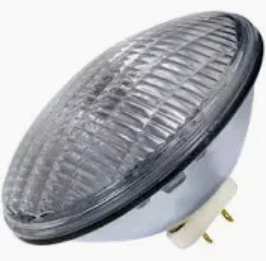Yes! ![]() 70.71 is \cos45°=\frac{\sqrt(2)}{2}
70.71 is \cos45°=\frac{\sqrt(2)}{2}
ok, this works very nicely, but how do I do the formula in Seamly?
And Voila! You’ve successfully managed to completely scramble my brain. And then you tell me that it’s not computable in Seamly ![]()
![]()
![]()
![]()
![]()
The formula I’ve currently devised using the % for the handle length at A15 is: (Line_A9_A15-(Line_A9_x7*0.7071))/2
Line_A9_x7*cosD(45) or Line_A9_x7*sqrt(2)/2
I’m not sure to understand your question though
I don’t understand the link you make between the position of x7a and the position of the handle at A15…
Why are you putting the handle between x7a and A15?
Are you maybe approximating the 0.55 of this method : Creating Smooth Curves: The Kolson Method - Seamly ?
I told you that there was no easy application for hyperbolic functions in patternmaking ![]()
![]()
![]()
Yes, my methods some from his method, but I don’t like all the scaffolding, so I use existing lines in the formulas.
Thank you. I’ll check it out.
Using the Kolson Method, I’m saying that the handle is half the length (line A9-A15 minus that portion covered by that 45° line). In my pattern, that 45° line changes according to the size and it is different for the front & the back armhole.
(Line_A9_A15-(Line_A9_x7*cosD(AngleLine_A9_x7)))/2
![]() Ok, this is my formula for the back armhole and it works
Ok, this is my formula for the back armhole and it works ![]() Thank you very much.
Thank you very much.
I want to use the angle of the line, so that I can use it in other instances where the angle isn’t 45°.
Just an fyi, the term for this is “catenary curve”:
Putting on my civil engineering hat…
It’s also the vertical shape of highways… as you’re always easing into a peak or valley. Horizontal curves are usually a circle - which is why once you enter a curve you can just hold the steering wheel until you’re exiting the curve. There is a throughway exit near my house, where due to size contraints the curve is a spiral - which means you have to constantly adjust the steering wheel. It leads to cars going off the road in the winter time. ![]()
Assuming that the 2 endpoints are not at the same x coordinate.
Again as a civil engineer I think of structures like:
or as a theatre tech… PAR (Parabolic Aluminized Reflector) lamps - where the filment is placed at the parabola’s center for the best reflection of light.

Parabolic Satellite dishes… opposite functiion of the PAR lamps.

I could go on… ![]()
I never thought of that ![]()
Well… technically a parabola (y=ax^2+bx+c) is not the same function as an hyperbolic cosine (y=a\cosh(x/b)+c) ![]()
